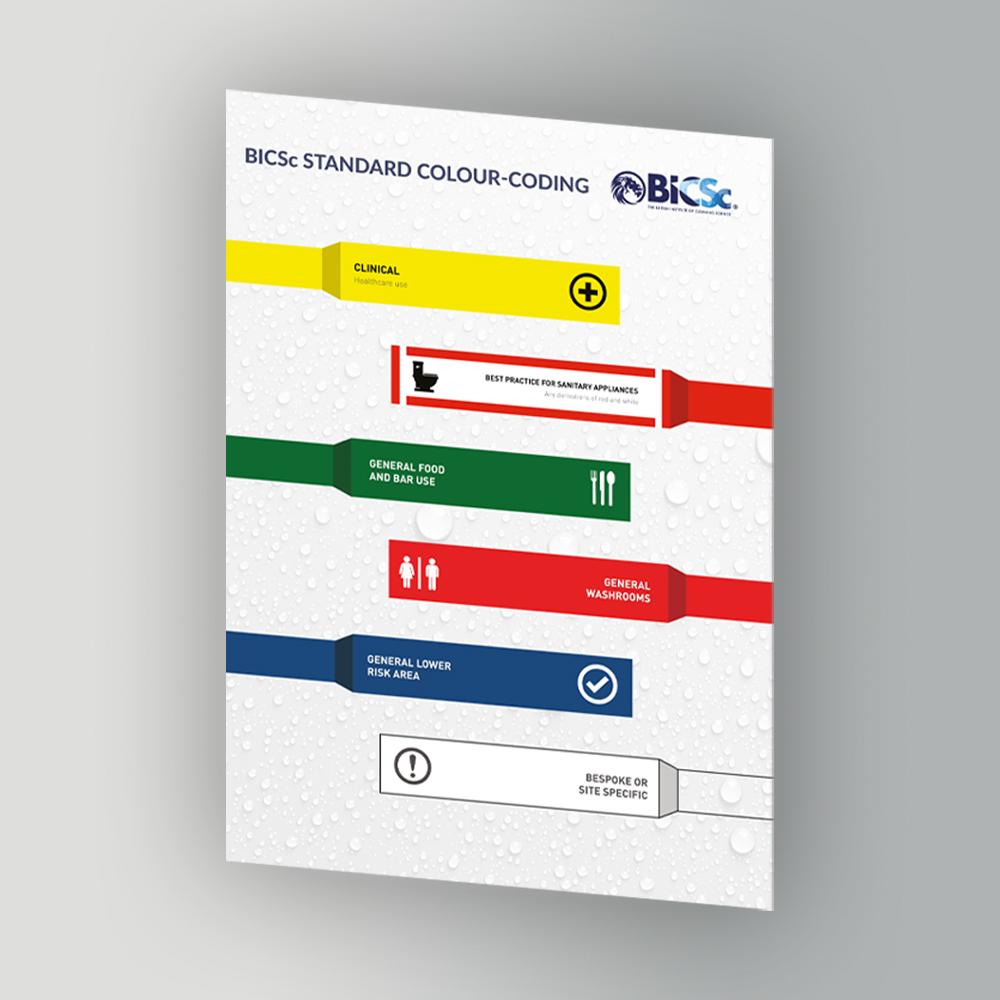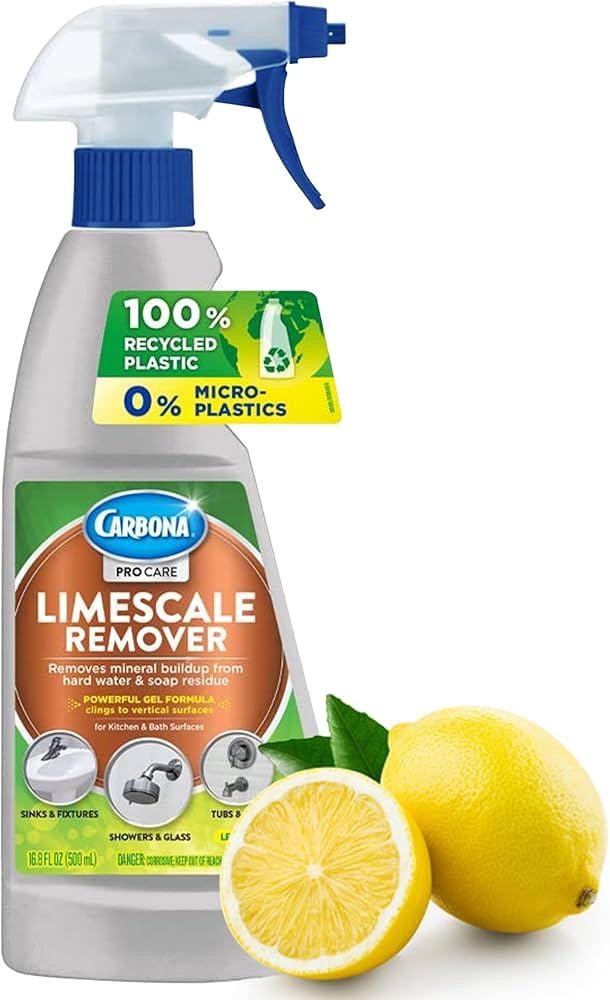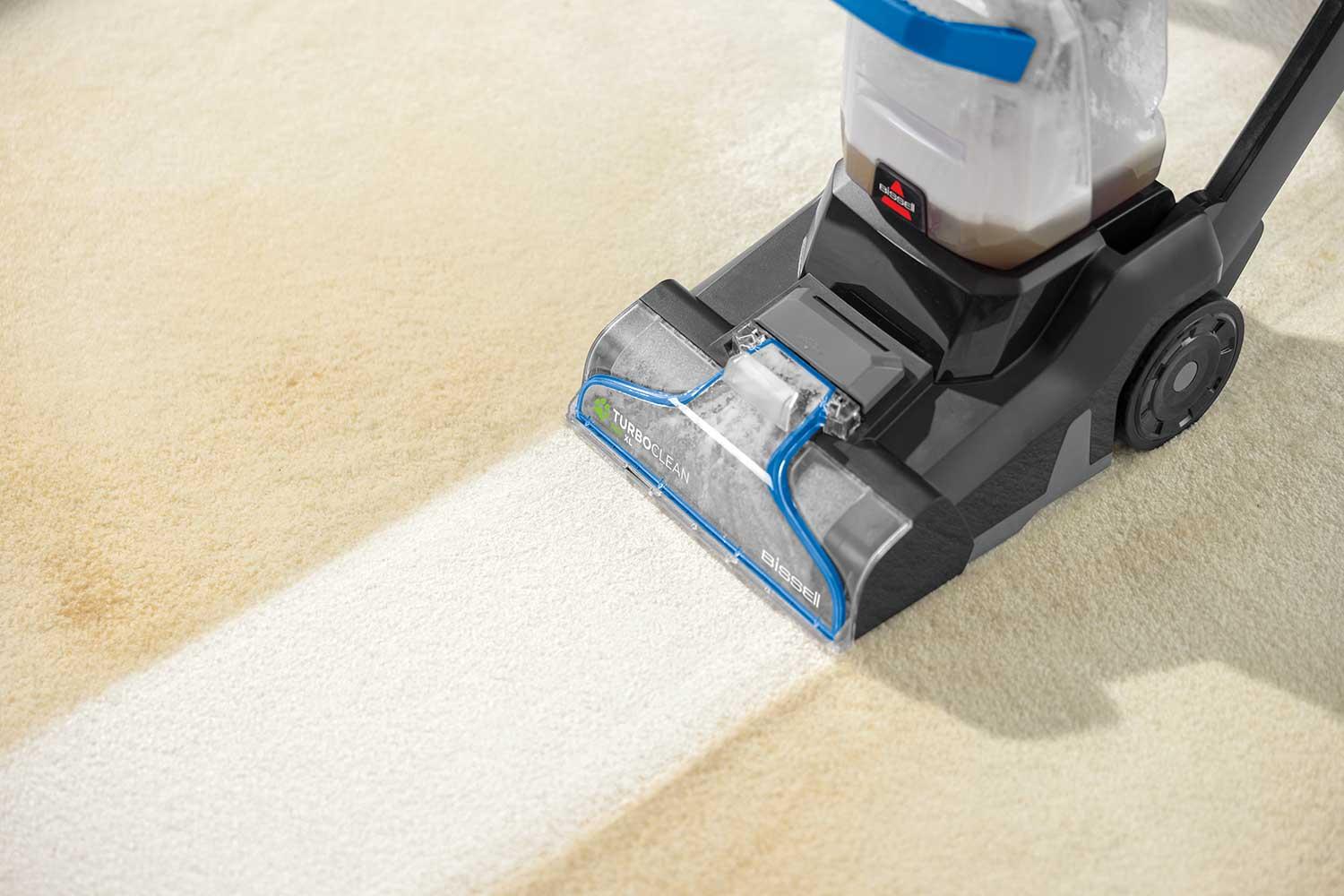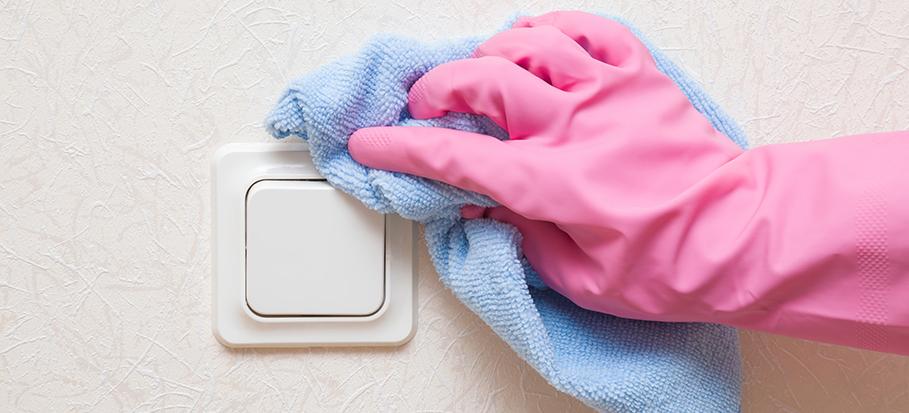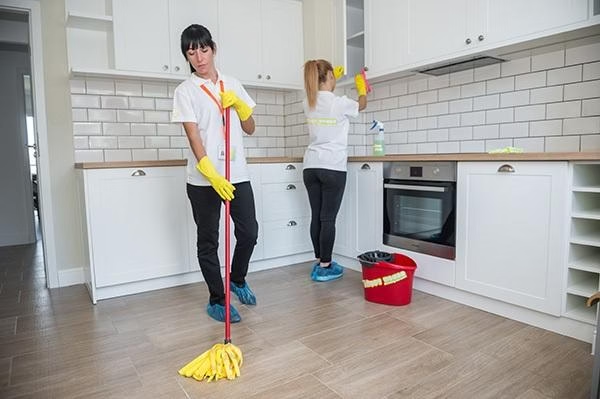
From skirting boards to sash windows, a professional clean in the UK is less about elbow grease and more about method. It’s the difference between “looks fine” and “passes inspection” – the kind of finish that satisfies a check-out inventory, calms an allergy sufferer, and survives a rainy-day influx of muddy boots. Done well, it marries efficiency with hygiene, tackling the realities of British homes: hard-water limescale on taps, condensation-born mould on bathroom grout, dust behind radiators, and a steady stream of crumbs under kickboards.
This guide to how to clean a house professionally in the UK sets out the systems the industry relies on: colour-coding to avoid cross-contamination, the right kit for different surfaces, safe chemical dilution under COSHH, and an order of work that saves steps and time. You’ll learn the room-by-room sequence that delivers consistent results, what landlords and letting agents expect at end-of-tenancy, and how to dispose of waste and recycling responsibly. Whether you’re building a business or just aiming for a pro-level reset at home, the goal is simple: a clean that’s auditable, repeatable, and fit for British conditions-without fuss or flourish.
Table of Contents
- Build a UK professional cleaning plan with BICSc colour coding EN standard contact times and simple RAMS
- Master kitchens and bathrooms with acid for limescale alkaline for grease and safe use under COSHH
- Raise results on floors and fabrics with HEPA vacuuming agitation for British carpets neutral pH for sealed floors and no acids on stone
- Deliver inventory ready finishes with thorough touch point disinfection eco friendly product choices and lawful waste disposal
- To Wrap It Up
Build a UK professional cleaning plan with BICSc colour coding EN standard contact times and simple RAMS
Plan the flow room-by-room: work top-to-bottom, clean-to-dirty, then dry-to-wet. Stage tools by BICSc colour coding, label spray bottles, and load a “dry” caddy (dusters, microfibre, brushes) and a “wet” caddy (sprays, pads, scrapers). Use two-bucket mopping with matching colour-coded buckets, and keep a sealed bag for soiled cloths to prevent cross-contamination. For speed, batch tasks (all dusting first, then sanitising), and park “dwell-time” areas so chemistry can work while you complete adjacent tasks.
- Blue: General low-risk (lounges, bedrooms, offices) – cloths, spray bottles, dusters
- Green: Kitchens/food prep – cloths, mops, buckets, scrub pads
- Red: Sanitary fixtures – toilets, urinals, toilet brushes
- Yellow: Washroom touchpoints – sinks, taps, tiles, dispensers
| EN Standard | Target | Typical contact | Use case |
|---|---|---|---|
| EN 1276 | Bacteria | ~5 min | Bathrooms, touchpoints |
| EN 14476 | Viruses | 1-5 min | Handles, switches |
| EN 13697 | Surfaces | ~5 min | Non-porous areas |
| EN 16615 | 4-field/wipe | 5-10 min | Wipe-disinfection |
Make chemistry work for you: choose products certified to EN 1276/14476/13697/16615, apply enough solution to keep surfaces visibly wet, and respect label-specific contact times (set a timer and move to the next task while it dwells). Wrap this in simple RAMS: define the scope, control risks, and lock in a repeatable sequence that includes PPE and signage. Sequence example: pre-inspect and declutter, dust high-to-low, apply disinfectant to kitchen/bath touchpoints, complete vacuuming while dwell time runs, return to rinse/wipe, then mop out and ventilate.
- Hazards: slips/trips, electrics near moisture, sharps, COSHH chemicals, lone working
- Controls: gloves/eye protection, “Wet Floor” signs, isolate sockets before damp-wiping, correct dilution, ventilation
- Method: colour-code tools, two-bucket mopping, clean-to-dirty routing, keep surfaces wet for full dwell, waste segregation
- Records: product batch/dilution, contact times observed, area sign-off and client check
Master kitchens and bathrooms with acid for limescale alkaline for grease and safe use under COSHH
Acid busts scale, alkali cuts grease: In hard-water UK homes, mineral deposits on taps, shower glass, and basins dissolve quickly with a mild acidic cleaner (citric or phosphoric based), while stubborn cooker-hood films, hob splatters, and cabinet grime respond best to a high-alkaline degreaser. Keep chemistries separate, apply with a foam or gel pattern to prevent run-off, allow controlled dwell, agitate with non-scratch tools, then rinse to neutral. Protect finishes by testing discreetly and keeping acids away from natural stone.
| Area | Soil | Best Chemistry | Do | Don’t |
|---|---|---|---|---|
| Shower glass & chrome | Limescale | Mild acid | Foam, 3-5 min dwell | Use on marble |
| Hob & splashback | Grease film | Alkaline | Warm surface, microfiber | Let it dry on |
| Sink & taps | Scale + soap scum | Acid, then neutral rinse | Buff to prevent spots | Mix with bleach |
| Stone worktops | Etch risk | Neutral pH | Spot-test first | Use acids/strong alkali |
COSHH smart habits keep you compliant and safe: read the SDS, note CLP pictograms, and decant only into labelled, colour-coded spray bottles with clear dilution ratios. Wear nitrile gloves, eye protection, and an apron; ventilate wet rooms and kitchens or use low-mist triggers. Never mix chemicals-especially bleach with acids-and work from low to high risk (neutral cleaners first, specialist chemistries last). Rinse contacted surfaces thoroughly, keep products below eye level in secondary containment, and place wet floor signs when mopping. For consistency, build a simple kit:
- Acid gel for scale (avoid on limestone, marble, travertine).
- Alkaline degreaser for ovens, filters, and cabinets (check aluminium compatibility).
- Neutral pH daily cleaner for quick resets and sensitive finishes.
- Separate cloths and pads by colour to prevent cross-contamination.
- Measured dosing caps/pumps to hit the lowest effective concentration.
Raise results on floors and fabrics with HEPA vacuuming agitation for British carpets neutral pH for sealed floors and no acids on stone
Start with meticulous dry soil removal: a high-filtration HEPA vacuum paired with controlled agitation lifts embedded grit from dense, wool‑rich British carpet piles without driving dust back into the room. Use a motorised brush or beater bar on a gentle setting, and make overlapping, deliberate passes-north-south, then east-west-to open the pile and remove more particulate. Work edges and stairs with crevice tools, and pre‑groom traffic lanes with a carpet rake to stand fibres upright for a cleaner, brighter finish.
- Brush control: Reduce aggression on 80/20 wool to prevent fuzzing; increase slightly on synthetics for deeper pickup.
- Seal the dust stream: Replace HEPA bags before they’re bulging; cap and bin immediately to limit re‑aerosolisation.
- Detail first: Skirting boards, radiator feet, and under sofas before broad strokes to avoid re‑soiling cleaned areas.
- Final lift: A light finishing rake aligns nap for sharper vacuum lines and a uniform look.
| Surface | Suitable pH | Agitation/Tool | Note |
|---|---|---|---|
| Wool/80-20 Carpet | Dry only | HEPA + soft beater | Gentle setting |
| Sealed Wood | Neutral (~pH 7) | Flat mop, microfiber | Light, even passes |
| LVT/Laminate | Neutral (~pH 7) | Microfiber pad | Minimal moisture |
| Natural Stone (Marble/Limestone) | Stone‑safe, non‑acidic | Soft pad, no scrubbing | No acids |
| Ceramic/Porcelain | Neutral-mild alkaline | Microfiber, soft brush | Rinse residue |
When moving to hard floors, keep chemistry calm: stick to neutral‑pH cleaners on sealed timber, LVT, and laminate to avoid haze, streaks, and finish damage. Use a two‑bucket method, wring pads thoroughly, and limit dwell time-let microfiber do the work rather than flooding the surface. On natural stone like marble, limestone, and terrazzo, avoid acid entirely; choose a stone‑safe, non‑acidic formulation and soft pads to prevent etching and loss of sheen.
- Two‑bucket control: One for solution, one for rinse; flip or launder pads often to prevent redepositing soil.
- Spot test: Discreet area first, especially on unknown sealers or honed finishes.
- Dry fast: Promote airflow; water left behind attracts dust and dulls gloss.
- Grout care: Neutral cleaner, soft brush; avoid acidic hits that weaken joints and discolour grout.
Deliver inventory ready finishes with thorough touch point disinfection eco friendly product choices and lawful waste disposal
Set the benchmark for an inventory sign-off by pairing visible perfection with invisible hygiene. After the deep clean, audit every room for edge-to-edge finishes: dust-free skirtings, streakless glass, de-scaled taps, polished switches, crumbless appliances, and aligned textiles. For hygiene, prioritise high-frequency touch points using a virucidal/biocidal agent certified to EN14476/EN1276, respecting the stated dwell time before wiping. Work top-to-bottom and dry-to-wet, use colour-coded microfibre to prevent cross-contamination, and record pass/fail notes on a digital checklist for evidence at key-handover.
| Touch Point | Disinfectant | Dwell | Cloth | Note |
|---|---|---|---|---|
| Door handles | EN14476 spray | 5 min | Blue | Buff dry for shine |
| Light switches | Alcohol wipe | 30 sec | Blue | Avoid liquid run-off |
| Taps & levers | EN1276 cleaner | 2-5 min | Green | Descale first |
| Banisters | Neutral virucide | 5 min | Blue | Follow wood-safe label |
| Remote controls | Isopropyl wipe | 30 sec | Blue | Clean crevices |
Choose low-VOC, biodegradable formulas and concentrated refills to cut plastic and transport miles; decant into labelled, CLP-compliant bottles and keep COSHH assessments on file. Launder microfibre at 60°C, air-dry flat, and avoid fabric softeners to preserve fibre bite. Dispose of waste lawfully under the Waste (England & Wales) Regulations 2011: segregate streams, use a registered carrier, and retain waste transfer notes. Take chemicals, aerosols, batteries and WEEE to your HWRC, never pour residues to drain, and rinse recyclable packaging. This approach protects clients, the planet, and your professional credibility-all while meeting the strict expectations of UK check-in clerks.
- Eco picks: UK/EU Ecolabel detergents, plant-based descalers, perfume-free glass cleaner.
- Refill system: 1L concentrate → 10L RTU; date-stamp and batch-label bottles.
- Colour code: Red (WC), Green (kitchen), Blue (general), Yellow (clinical/special).
- PPE & ventilation: Nitrile gloves, eye protection, windows ajar during and after disinfection.
- Evidence trail: Before/after photos, dwell-time logs, signed checklist at handover.
To Wrap It Up
A truly professional clean isn’t about elbow grease alone; it’s the system behind it. Plan the order, work from high to low, dry to wet, and clean to sanitise. Document what you do, photograph what matters, and keep your kit compliant and labelled under UK guidance, including COSHH. Account for local realities-hard water and limescale, ventilation rules, recycling and waste streams-and finish with a calm, repeatable quality check that would satisfy an inventory clerk as readily as a homeowner.
Build habits that scale: standard operating procedures, clear timings, product substitutions, and a simple aftercare note for the client. Maintain insurance, risk assessments, and safe practices, whether you’re tackling a one-off end of tenancy or a regular maintenance visit. Consistency is your quiet calling card.
Close the door on a room that looks settled, smells neutral, and is ready to be lived in. File the checklist, log the time, and let the results speak for themselves-clean, compliant, and unmistakably professional.

